Tarantul-class Corvettes Missile Armament
Soviet Molniya-type (Tarantul-class) missile boats carry four anti-ship missiles as their main armament, placed in twin launchers on the sides of the superstructure. The first series of ships used cruise missiles P-15 "Termit" (according to the NATO classification SS-N-2 Styx) adopted in 1960.
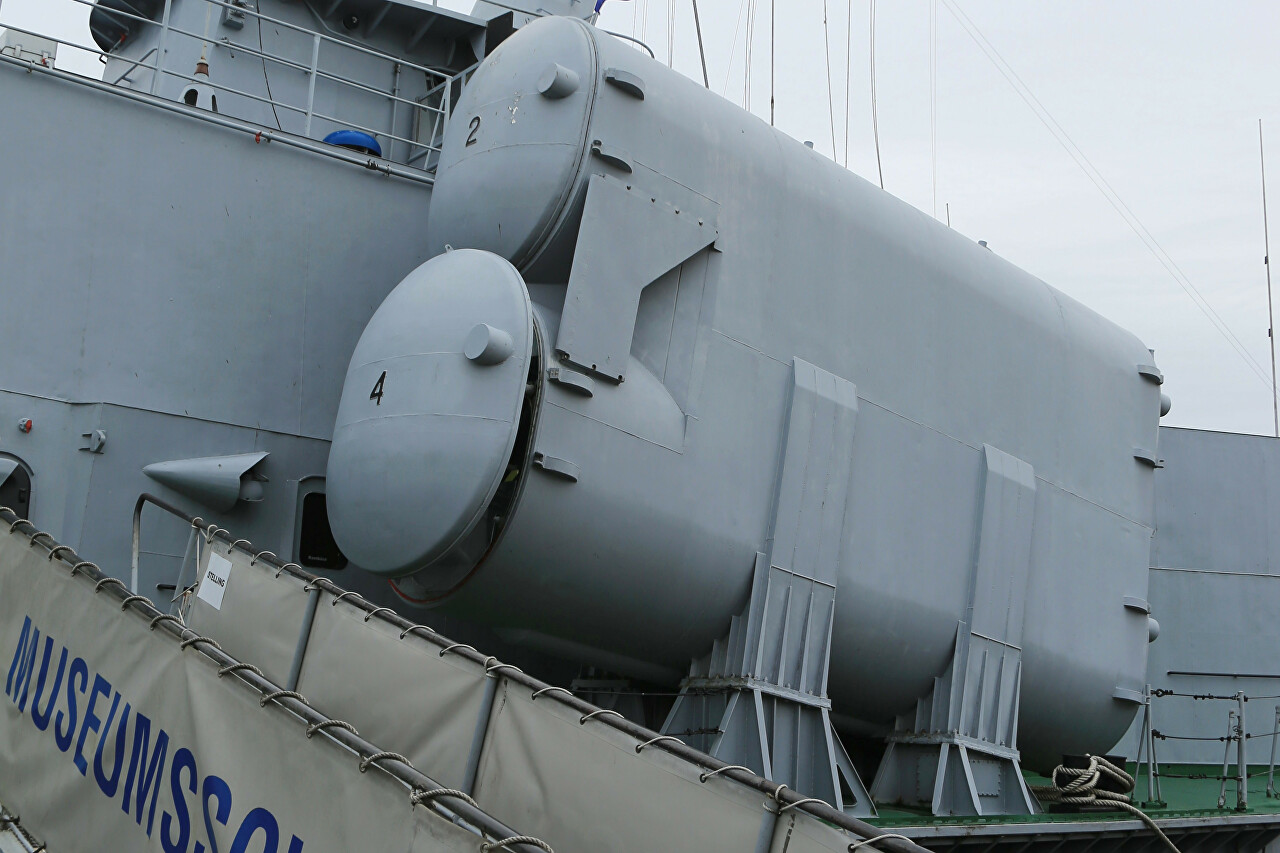
In 1972, the rocket was significantly upgraded and received the name P-15M, with some changes, this rocket was exported under the name P-21. Such missiles were carried by boats of the People's Fleet of the GDR (Volksmarine).
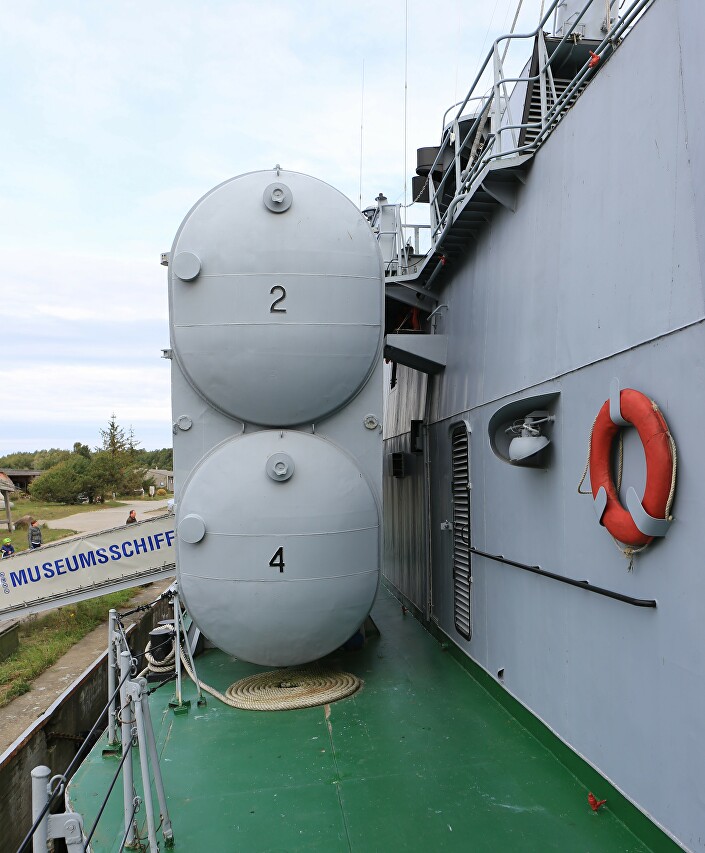
The missiles have the following characteristics: length 6.48 m, diameter 0.78 m, wingspan 2.40 m, launch weight 2573 kg with a warhead mass of 513 kg. 490 kg falls on the starting powder accelerator SPD-192 with a thrust of 50000kg. After acceleration, the main liquid rocket engine C2.722 is turned on with a starting thrust of 1217 kg, however, after entering the trajectory, the thrust decreased by 515 kgf. The fuel used is a mixture of trethylamine and xylidine, the oxidizer is a mixture of nitric acid and nitrogen tetraoxide.
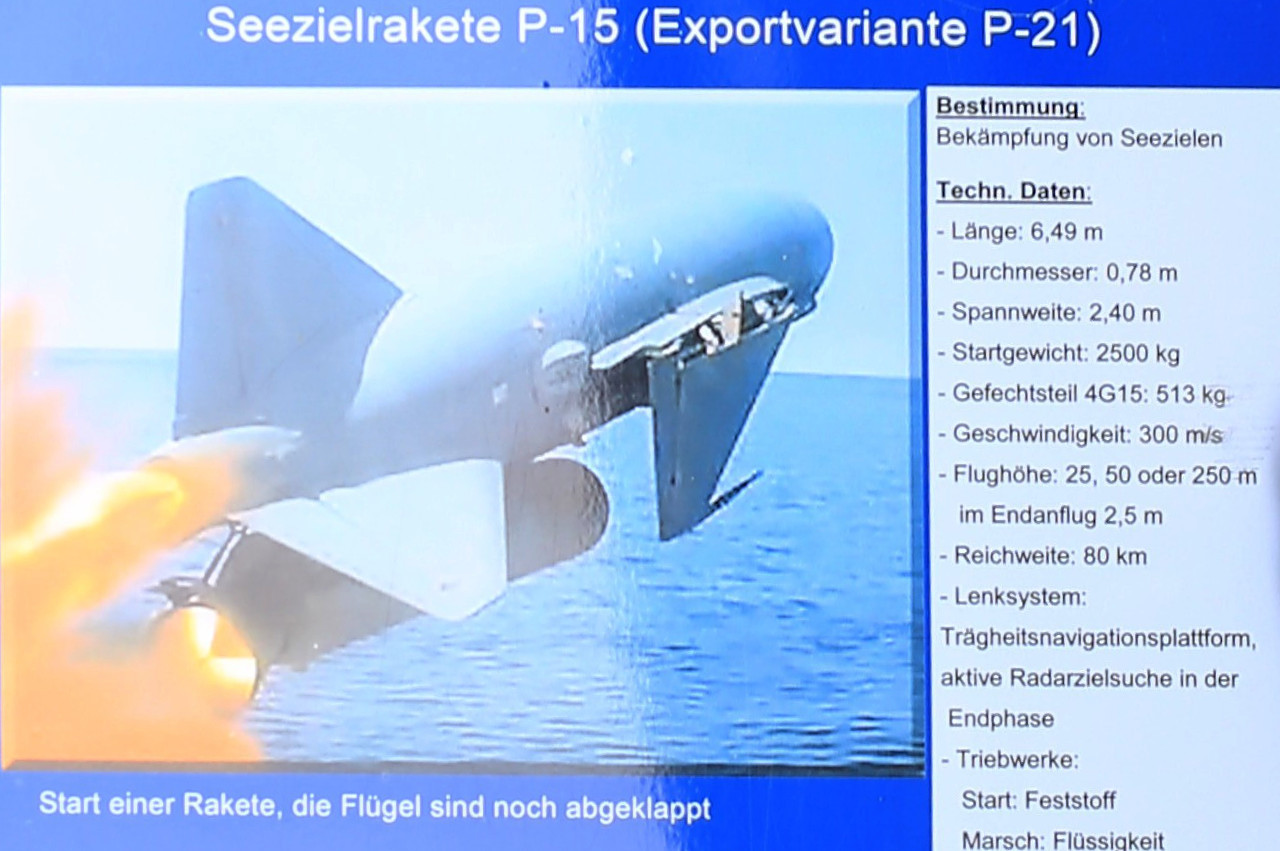
Rockets are loaded into the launch tubes at the base already filled, which saves the crew from working with highly toxic liquids. The base of the rocket wing has a hinge and in the launch tube the wings were bent down. After exiting the tube, the wings take the flight position using an electric drive.
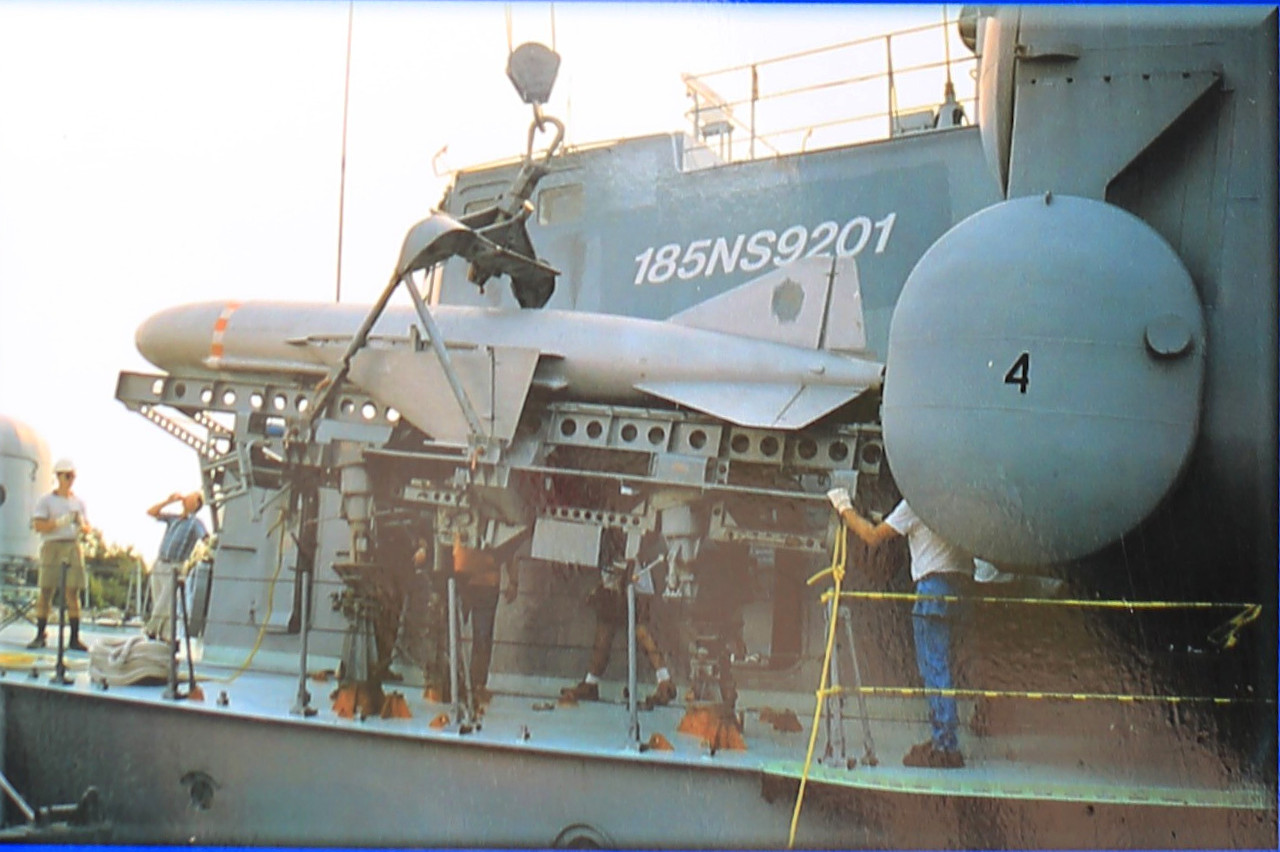
The missile has a range of up to 80 km at a speed of 320 m / s and a flight altitude of 50-200m (up to a maximum of 400 m). Control of the rocket on the march is carried out by an inertial gyroscopic system, the set height is provided by a radio altimeter. At the final stage, the missile is lowered to 5 meters and turns on the radar head to search for the target.
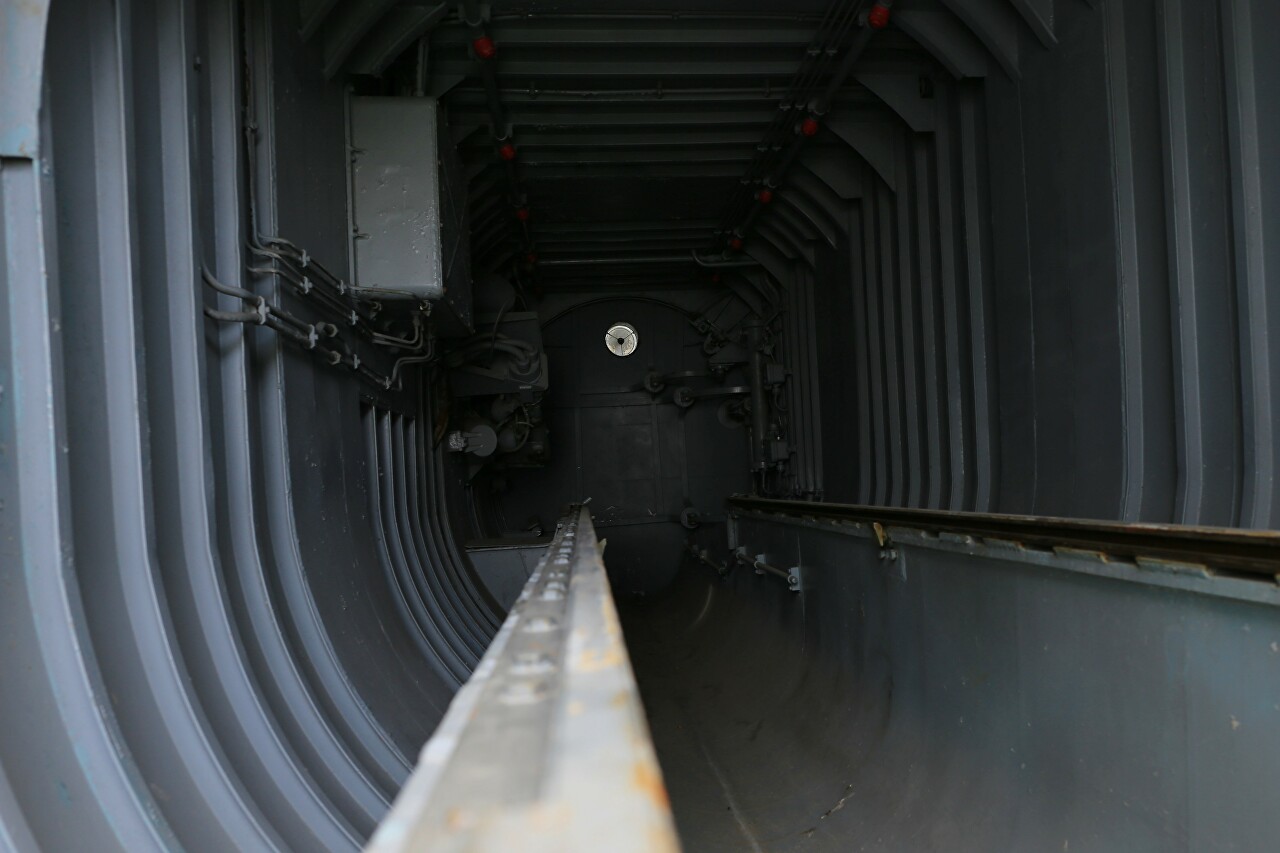
Missiles of this type have been used in various conflicts, starting with the Arab-Israeli War of Attrition. On October 21, 1967, the Israeli destroyer Eilat was sunk by such missiles, which cannot be called a great achievement, since this ship was built in 1944. In the Indo-Pakistani conflict of 1971, the missiles showed their effectiveness, but in the 1973 Yom Kippur War, the updated Israeli fleet successfully repelled their attacks.